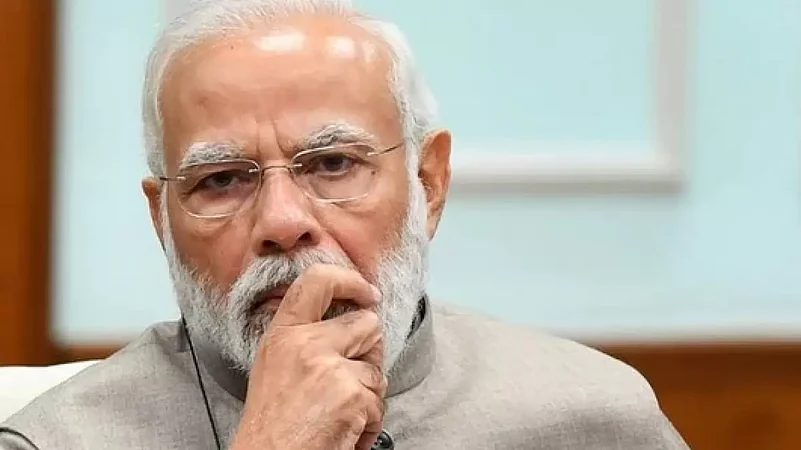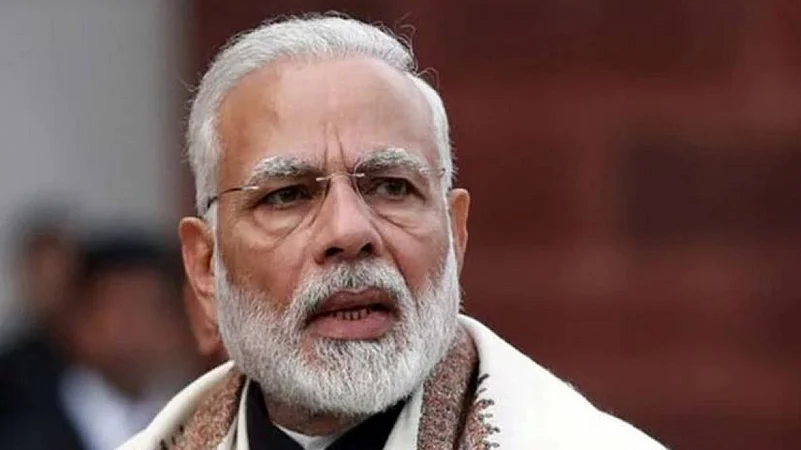Prime Minister Narendra Modi is celebrating his 73rd birthday today. Several leaders ranging from the president to chief ministers of various states have taken to social media to wish the prime minister.
PM Modi, who was born in Gujarat's Vadnagar in 1950, has served in public office for over two decades. He was the chief minister of Gujarat from 2001 to 2014 before becoming the prime minister of India after NDA swept to power.
Throughout his tenures in public office, PM Modi has taken several economic decisions which have shaped his image as an administrator. While campaigning for the 2014 general election, he emphasised on the Gujarat model which he developed under his stint as the longest serving chief minister of the coastal state. His tenure as the prime minister has also seen several decisions which have shaped the Indian economy.
Advertisement
On PM Modi's 73rd Birthday, Here Are The Top Economic Ideas And Decisions Which Have Shaped His Tenure
1) Reforming Power Sector

After assuming office in 2001, one of the very first focus areas for then Gujarat CM Modi was the reform Gujarat State Electricity Board (GSEB) which posted a loss of Rs 2,246 crore in 2000-01. Undertaking a set of reforms, which included the separation of feeder lines and unbundling of GSEB. By passing the Gujarat Electricity Industry (Reform and Reorganisation) Act, his government divided GSEB into a holding company, a power generation company, a power transmission company and four distribution companies.
Advertisement
Under his tenure, the private sector participation in power capacity also increased dramatically. According to reports, the share of private sector in the overall capacity increased to 60 per cent in 2013 from 25 per cent in 2004. As a result, the peak power deficit, which was above 20 per cent in the early 2000s, reached 0 by 2014.
2) Concept Of Gujarat Investor Summit

CM Modi had floated the idea of organising a summit for attracting investments in the state through a summit. Following this, the Vibrant Gujarat Global Investors Summit was conceptualised whose first edition was organised in 2003.
Since then, the state has been organising the biennial summit where MoUs worth billions of dollars are signed with investors across the world.
3) Turning Around Gujarat Public Sector Undertakings

A government report on state level PSUs for fiscal 2010 noted that the PSUs of only three states posted a profit, Gujarat, Kerala and Madhya Pradesh. When he had assumed office, several of these PSUs, such as Gujarat State Fertilizer & Chemicals (GSFC) and Gujarat Alkalies & Chemicals Ltd, were loss making businesses. When he left the office of state chief minister, the fortunes of these firms had changed.
Advertisement
When Prime Minister Modi assumed power in 2014, the shares of several PSUs of the country had rallied because of his track record in turning around the fortunes of Gujarat's PSUs.
4) Demonetisation To Curb Black Money

Considered as one of the most controversial economic decision of his tenure, Prime Minister Narendra Modi had announced the demonetsiation of Rs 500 and Rs 1000 notes on November 8, 2016. In the following weeks, huge queues were seen outside Indian banks.
The key objective of the move was curbing black money circulating in the Indian economy. However, RBI had noted that 99.3 per cent of notes in circulation had returned following the move. The demonetisation move has also been credited with the rise of digital payment infrastructure.
Advertisement
5) GST Reform

After a special midnight session in 2017, the Goods Services Tax (GST) had come into effect. The move changed the diverse taxation structure present across multiple states to single unified system with multiple slabs.
The move is considered as one of the key decisions of the Modi government tenure. Rallying behind the "One Nation, One Tax" slogan, PM Modi had pushed the idea before it was achieved through negotiations with state governments.
6) Carbon Neutrality Promise

At the COP26 event in 2021, Prime Minister announced that India aimed to achieve net zero carbon emissions by 2070. To achieve the big goal, the country has also committed to meet 50 per cent of its energy demand using renewable sources by 2030.
Advertisement
The country, under Modi government, had also committed to a 40 per cent share of power generation from non-fossil fuel sources at COP21 in 2015. According to the government, the country has achieved this target ahead of the 2030 timeline.
7) One Nation, One Poll

Syncronising the election cycles of Indian states with the general election timeline has an idea that the prime minister has been pushing for a long time. He has said that multiple elections throughout the year hinder the development of the country and holding all the election together would facilitate smoother administration. This is also expected to save resources as the government would not have to organise multiple elections throughout the year.
Advertisement
The speculations around the move have gathered steam as the country is all set to hold a special parliamentary session from Monday. The government had also formed a committee to assess the idea and its implementation.















 Just one email a week
Just one email a week